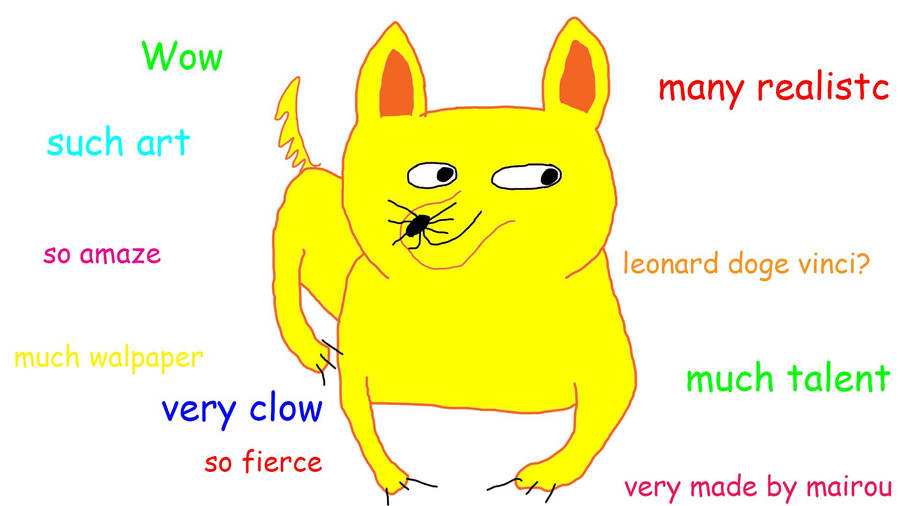Life tip #1: The easiest way to hold yourself accountable for something is to plan for it with someone else.
My lab partner and I agreed that we'd meet in office hours on a Sunday to start the draft of our summary. This way, even with my DanceTroupe showings and LTI sessions scheduled for the day and a week packed with exams and deadlines for other classes, I'd definitely make time to work on the summary, preferably not on the before it was due. (Let it be known that the fig and olive oat crisps from Stop&Shop are a serious motivational game-changer)
Life tip #2: Google Drive/the Microsoft Office Suite is your best friend.
Sometime in the beginning of March, I discovered how much I'd been missing out by not using Google Slides or Microsoft Powerpoint to do some of my homework assignments. It is SO much easier to build a schematic from scratch in Google Slides when you have the right tools. Want tiny, bezeled arrows with 2pt outlines and 1pt shadows pointing to the calcium binding loop on your inverse pericam protein? Easy. Need a picture of a culture dish, but would rather create your own rather than use a Google Image photo with an ugly watermark in the back? Done. Never shall I go back to using the only
Life tip #3: Teamwork makes the dream work!
Have you ever heard the WonderPets theme song that the animals sing right before they embark on a mission? We're not too big and we're not too tough, but when we work togetherrrrrrr we've got the right stuff! That's sorta how it's like in real life--talking animals aside. With our busy schedules and break times that don't coincide, Google Slides allowed my partner and I to split the work evenly and each do our part in a timely manner. Being able to track real-time changes and, when the chatroom wasn't working, communicate with each other through text boxes inserted on the page where "Anonymous Beaver aka Lab Partner" is currently on, made the workflow that much smoother. Having another pair of eyes to look over your work is great-- especially when you've been working on the same "Background & Motivations" slide for so long that you start to second-guess the placement of your bullets and just exactly where that last text box is aligned.
In the end, creating the protein engineering summary was a laborious process, but seeing the final product (and the grade we got to go with it) made it worth the long hours. We could all use a gold star once in a while. I suppose 27 comments, rather than 42, is the 20.109 equivalent :)

























